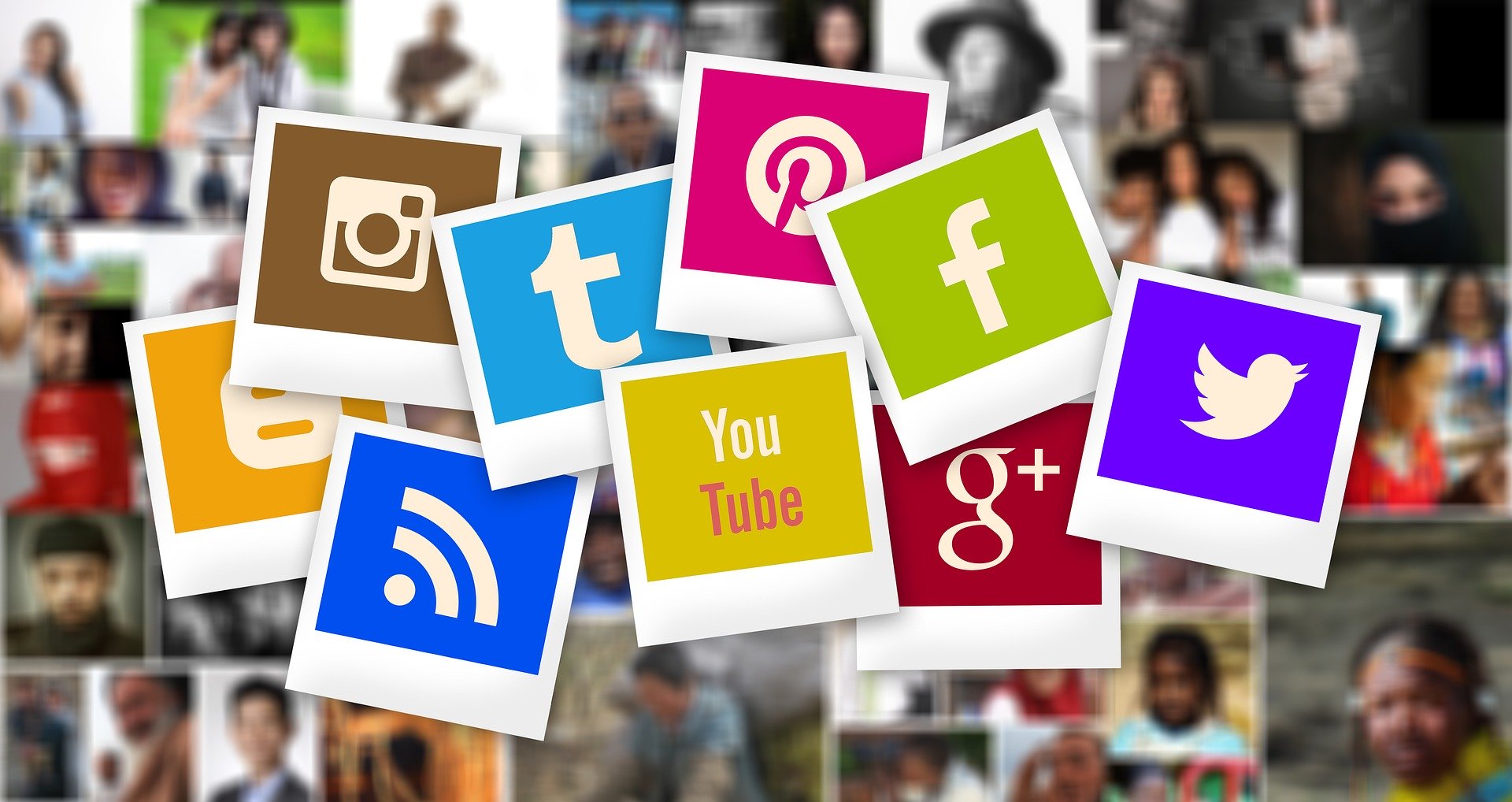There seems to be ongoing confusion about social media strategy. The best quote I’ve seen regarding this comes from Olivier Blanchard‘s book Social Media ROI. He says:
Whenever I hear people say that their company either has or sells a “social media strategy”, I cringe. There is no such thing as a “social media strategy”. It is kind of like having a “telephone strategy” or an “email strategy”.
He’s right of course. Social media is an ever changing set of communication tools that you can use to support your business goals and strategies. Here’s a quick breakdown of the step needed before you get to social media.
Know your values
People, especially small business miss this critical first step. Know what you value.
Create a complelling vision
Create a clear and compelling vision of where you want to be based on your values.
Identify the current reality
You have to know where you are. Define a clear and objective view of where you are now.
Map the Gap
The gap between the vision and the current reality is where business strategy lays. Map it out in a way you are comfortable with.
Research your Market
Who are your stakeholders, customers or clients. This should be ongoing. Who are they, where do they hang out, how are you going to connect with them? What do they need and how might you provide that?
Define your goals
Sometimes called objectives. Each goal is a step toward your vision. Each goal ought to be SMART.
Set you targets
These are linked to goals but they are more specific, measurable, acceptable, realistic and time-framed (yes, SMART). They are the steps you take to reach your goals. Some people call these objectives (language is so hard!).
Design your strategy
This is like a map. It should clearly show how you will get where you want to go. It includes an actionable plan you have created to navigate and close the gap between your vision and current reality, by reaching your targets and goals. A strategic plan is based on the vision, current reality and goals. Choose your tactics and tools based on your goals and targets.
You should have one “map” with several routes as there are multiple territories you need to navigate. You may have a Marketing Strategy, Customer Engagement Strategy, Sales Strategy, etc, all with their own set of aligned goals, targets and a variable set of tactics and tools.
Now select your tactics
These are the methods or means of carrying out the strategy. Tactics are actions verbs. Post, write, record, Tweet…
Finally, choose your tools
These are the things like Twitter, Facebook, LinkedIn, your blog, website, and advertising, that you can use tactically.
Example
Here’s a example of how this might look for a small business specializing in upscale children’s clothing.
Values – We identified our values as a business and decided that customer service and quality goods were most important.
Vision – We are the most popular children’s store in our area. Customers are loyal and come back often. They tell their friends about us, raving about the friendly service and quality of goods.
Current Reality – We are lagging in sales and finding it hard to compete with the big box stores.
Map the Gap – There is a big gap between our vision and current reality. The concern is that we are giving up the vision in order to close the gap.
Research our Market – We know the demographics of our local community and have a clear picture of where our targeted customers spend time.
Goal #1 – Increase local, targeted shoppers, awareness of our store and products.
Targets – #1 – Increase foot traffic to store by 20% within 3 months. #2 – Increase Likes on our Facebook page by 30% in next 3 months.
Strategy – Use social media and local newspaper ads to increase local shoppers awareness of our store and build our reputation.
Tactics – Launch a scavenger hunt contest that links our newspaper ads and our Facebook page and promote on all channels we are active in.
To complete the scavenger hunt people will have to both Like our Facebook page and come into the store.
When people come into the store ensure they have an exceptional service experience.
Tools – Facebook, newspaper ads, in store promotional displays, QR Codes, Twitter, Pinterest and Foursquare.
The advantage of this process is that it’s measurable and keeps you aligned with the bigger picture – the vision of where you want to be.

